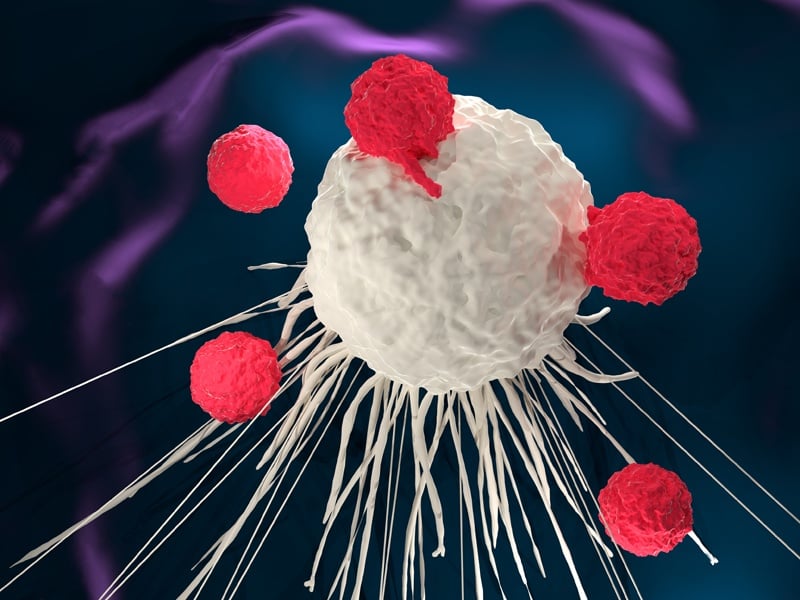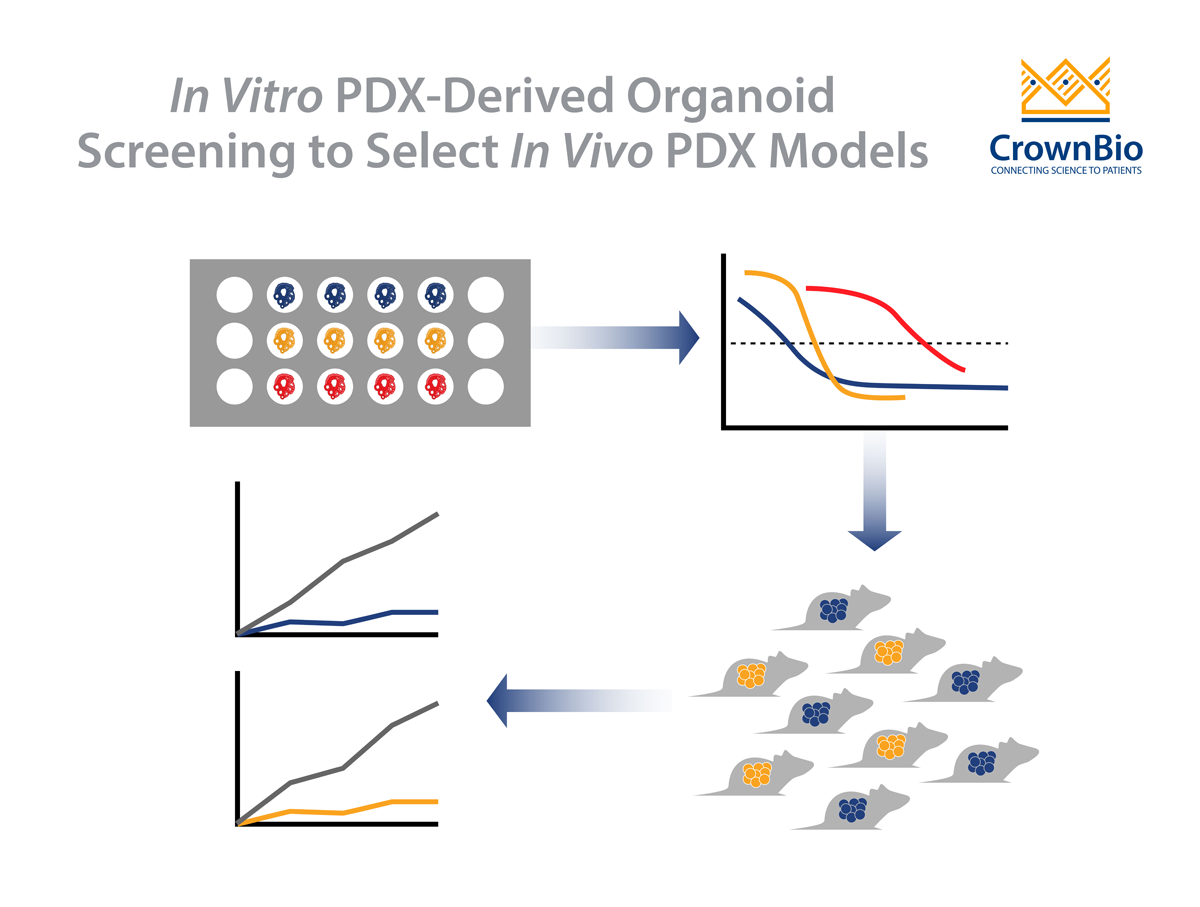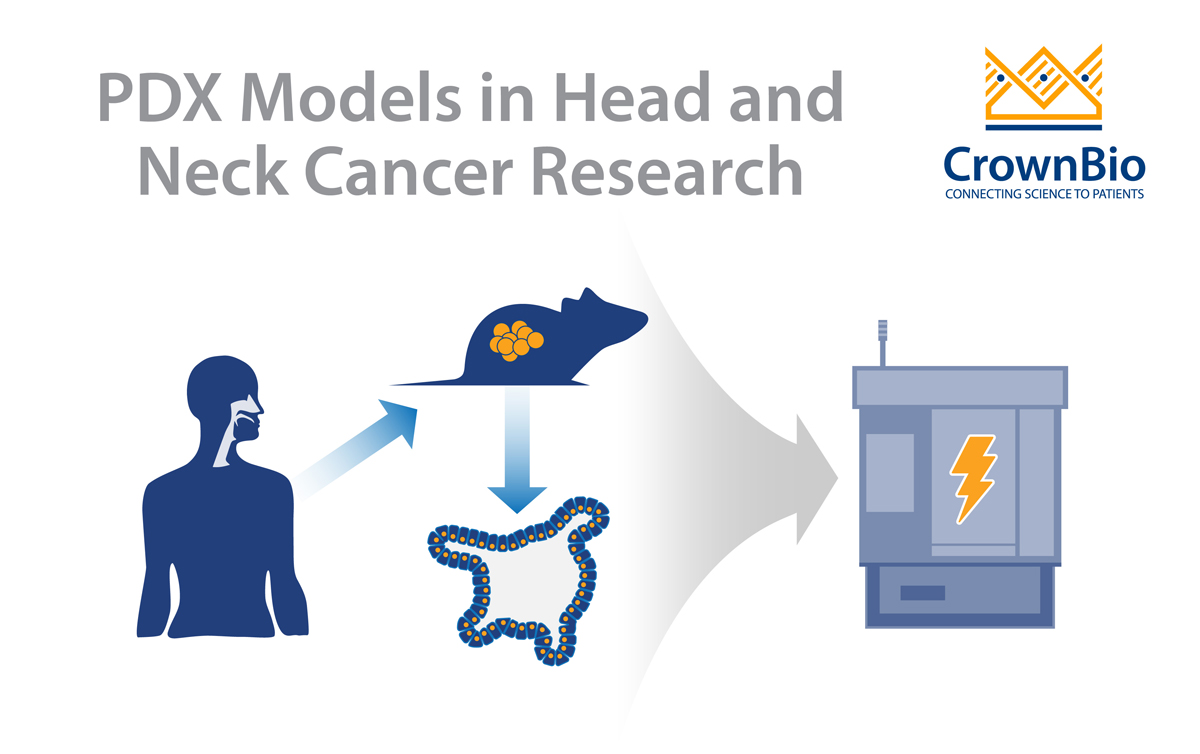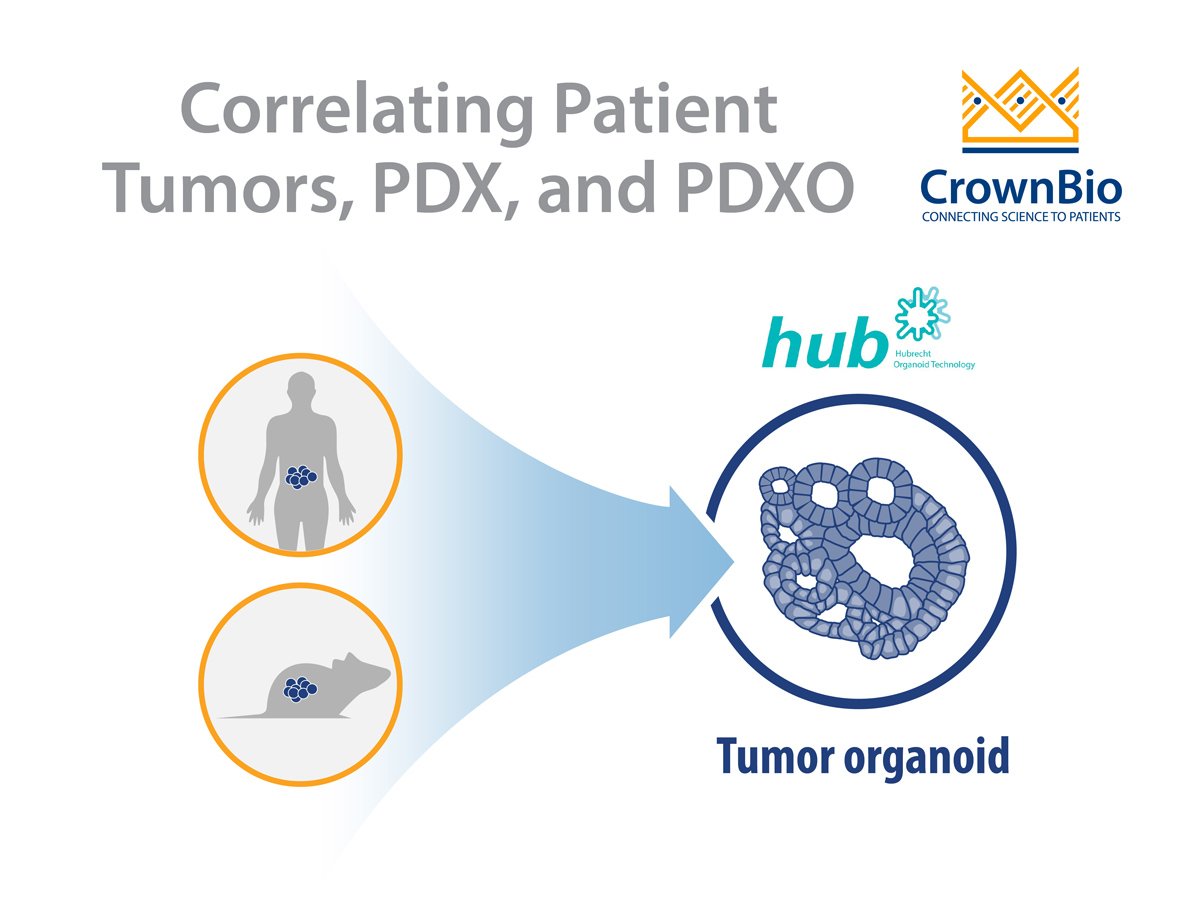The most nerve wracking part of drug discovery is anxiously waiting for the first-in-man data. Is it safe? Will the drug help the patient? These are questions that keep us all up at night.
Historically, drugs typically failed in the clinic because of safety, which is the first assessment of any new drug in a Phase I clinical trial. Over the last couple of decades, toxicologists have made major advances in making sure that drug attrition due to toxicology is minimized. Adverse events due to the mechanism of action of the highly targeted oncology agents coming through the clinic are also more easily managed. Progress in our understanding of drug metabolism, and the development of a wide variety of in vitro screening platforms, have also contributed to seemingly “safer” drugs entering clinical trials.
However, this hasn’t resulted in a rapid increase in oncology agent approval rates. Instead, it is now more likely that a drug will fail in Phase II due to lack of efficacy, despite clear demonstrations of potent activity in preclinical studies.
Why the Lack of Efficacy for Promising Drugs in Clinical Trials?
So, what’s wrong? Many reasons come to mind. One concern is that our commonly used preclinical models are not completely reflective of human disease. This is a typical concern with the widespread use of traditional, Cell Line Derived Xenograft models, using immortalized cell lines which drift from original disease. However, it may also be that the use of our efficacy models does not fully reflect the drug development process itself.
For some time now, the use of Patient-Derived Xenograft (PDX) models in cancer drug development programs has become more commonplace. PDX models maintain genotypic and phenotypic fidelity to the patient from whom they were derived, providing more predictive models than traditional xenografts. This is most evident in histological presentation of the cancer between the patient and the model, but also in response to chemotherapy, radiotherapy, and targeted therapies. So, now we have improved models, how can we better represent clinical drug development?
PDX Population Studies Better Mimic the Drug Development Process
In a typical preclinical study relatively large groups of animals are tested for drug activity, statistically powered to reveal differences between treated and untreated cohorts. However, this is in contrast to clinical trials, where a large number of n=1 studies are repeated across different patients.
PDX models with better fidelity to human disease can now be used in population studies (or mouse clinical trials) that better mimic the drug development process, and in particular clinical trial design including 1x1 study designs. This type of preclinical assessment, first reported by Novartis (Gao, Nature Medicine, 2015), allows for the consideration of elements normally lacking in traditional preclinical study designs, namely patient-to-patient variability. As PDX models are more reflective of the disease, this approach also allows for more robust and relevant biomarker discovery.
However, the theory and methodology for these PDX studies are underdeveloped. Our recent AACR 2017 poster looked to change this, analyzing the tumor growth data for over 34,000 PDX in mice, in order to model tumor growth kinetics, derive drug response endpoints, and propose suitable statistical methods for drug evaluation and biomarker discovery in mouse clinical trials.
The findings on modeling tumor growth, TGI, and number of study models to use are helping to design better, more relevant studies, more indicative of the clinic and patient-to-patient variability. Incorporating these consideration as early as should lead to improved predictive power of efficacy models, more confidence in the likelihood of success in clinical trials, and fewer sleepless nights.
Further reading
- High-throughput screening using patient-derived tumor xenografts to predict clinical trial drug response. Gao, H. et. al. Nature Medicine, 2015
- Theory and methodology for the design and analysis of PDX mouse clinical trials. H Li et. al. AACR Annual Meeting 2017, Abstract #4534
- Performing “Informative Clinical Trials” in Mice. GEN, April 18th, 2013









